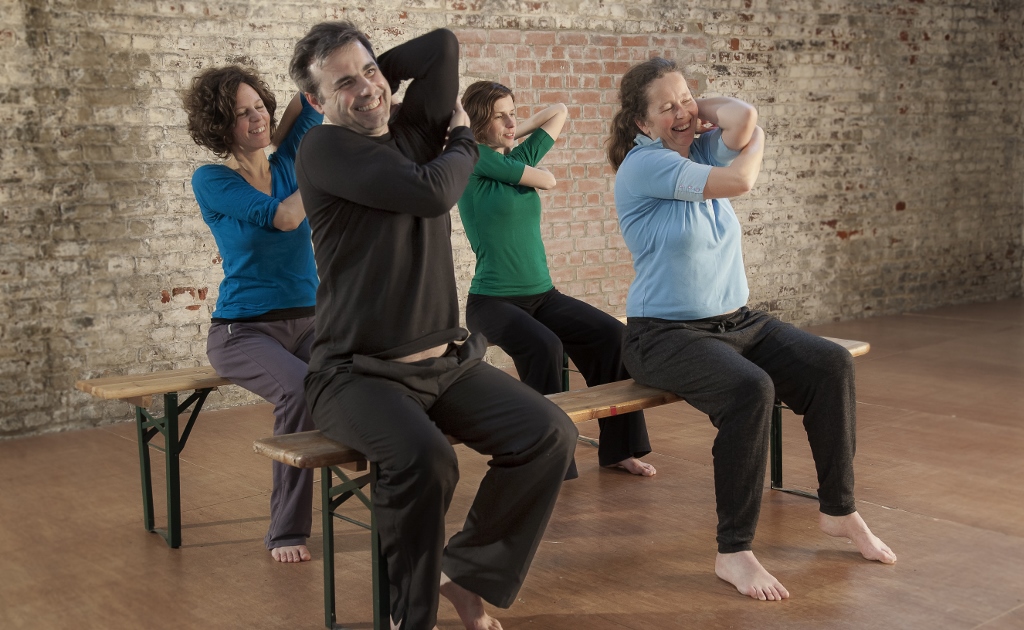
The Feldenkrais method is not straightforward to describe. Relief of pain is a common feature, but Feldenkrais the man was clear that his approach was not a treatment, and that he was not a healer. Movement is clearly central, but movement is not the end in itself.
How to make sense of these apparent contradictions?
Feldenkrais had a strong conviction that:
Latent abilities in every one of us are considerably greater than the ones we live with…[and that] the latency is actively imposed by ourselves because of lack of awareness (1981: p98).
He saw his work as an educational approach, which principally used movement as its medium, to reverse shortcomings in awareness. Students would develop the ability to expand their palette of options in any situation, enabling them to do what they wanted, rather than acting compulsively without control. Often the result of this would be reduced physical pain, and a greater sense of wellbeing.
He saw learning how to learn, in a comprehensive and profound way, as the means to this end.
Feldenkrais writes of how young children make use of ‘organic’ learning (1981: pp29-37). They are not instructed by a teacher. Their own impulses encourage them – through trial and error – to develop key human abilities such as walking and talking.
The type of learning Feldenkrais advocates draws heavily on this approach. There is no need to rush, there is little emphasis on right or wrong, or judgement of results. It’s key the student moves at their own pace, that the learning is pleasurable and their attention is not concentrated (alternating between central focus and the foreground.) And it’s important to remember that ‘Errors cannot be avoided…learning to us means grasping the unknown.’ (Feldenkrais, 1981: p94).
He gives an example of how a man, who says he doesn’t know how to dance, is nevertheless encouraged to do so. As time goes by, and on subsequent occasions, the man then finds that he does know how to dance. ‘He learned’, Feldenkrais notes, ‘notwithstanding the ignorance of his latent ability’ (1981: p8). Or Feldenkrais remembers how he himself learned to draw as an adult, thinking he was unable to do so, without being instructed directly what to do (1981: pp10-12).
Learning how to learn, as Feldenkrais sees it, is the process of a student making sense of how they had learnt to dance or, say, walk in comfort, even if they had not at first consciously altered their actions to do so. The student can then apply this improved understanding to future learning situations. Traditional education Feldenkrais saw, as ‘no more than the means to impose the habits of the prevailing generation’, whether or not they suited the individual (1972: p16). Better understanding our own learning process is therefore often fertile ground for self-realization.
This improved understanding need not be restricted to movement alone. Rather, due to the connections between our thoughts, sensations, feelings and movement latent abilities in all our spheres of action can become more evident. ‘Habit has lost its chief support, that of the muscles, and has become more amenable to change’ (1972: p39). And what better area to change our habits could there be? Namely, in the way we learn how to do new things in the world.
References:
Feldenkrais, M (1972) Awareness Through Movement. New York: Harper Collins
Feldenkrais, M (2019) The Elusive Obvious. Berkeley, CA: North Atlantic Books
Article by Ed Bartram, published 2018 for Feldenkrais Guild newsletter
